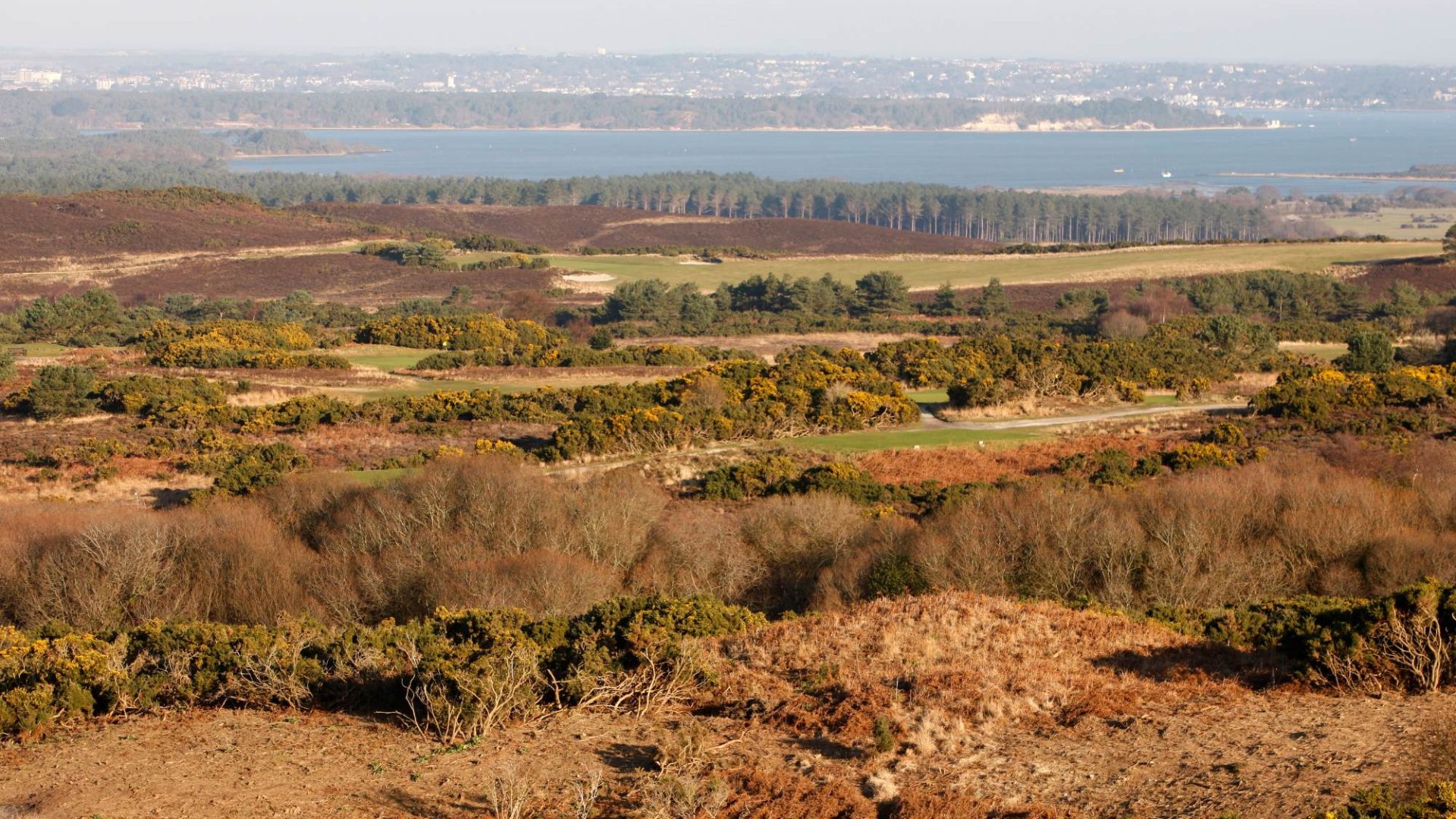

There’s something quietly magical about the Isle of Purbeck — a feeling that settles in as you wind through its green hills, with glimpses of the sea appearing between hedgerows. Despite its name, the Isle of Purbeck is a peninsula tucked into the southeast corner of Dorset, bordered by the sea on three sides and surrounded by some of the most striking landscapes on the South Coast. From its dramatic Jurassic Coast cliffs and golden beaches to rolling heathland and hidden valleys, Purbeck feels like a place made for unhurried days and coastal adventures.
Getting here is part of the charm. You might arrive by car via the A351, through Wareham and past ancient woodland, or take the scenic chain ferry from Sandbanks to Studland. Local transport links, including regular buses and the heritage Swanage Railway, make it easy to get around once you’re here. And wherever you go — from the sweeping sands of Studland Bay to the cobbled streets of Corfe Castle — the views seem to go on forever.
Swanage offers all the charm of a traditional seaside town, with a family-friendly beach, steam railway, and old-fashioned ice cream parlours. Inland, villages like Worth Matravers and Langton Matravers invite slow strolls and pub lunches, while nature reserves and walking trails connect coast and countryside in a way that feels effortlessly timeless. Whether you’re here for walking, wildlife, history, or just a breath of fresh sea air, the Isle of Purbeck in Dorset is a place that invites you to slow down, stay a little longer, and savour the best of the coast and countryside.
From coastal hamlets to historic inland villages, the Isle of Purbeck is scattered with unique and characterful places to explore. Each town and village offers something a little different — from scenic walking routes and heritage sites to cosy pubs and unspoilt views of the Dorset landscape. Here’s a closer look at the towns and villages that make up this beautiful corner of Dorset:
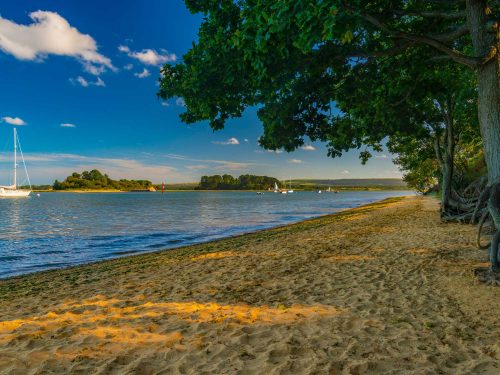
Tucked within the RSPB Nature Reserve just outside Wareham, Arne is a peaceful hamlet beloved by bird watchers and nature lovers. The surrounding heathland is rich in wildlife, with a particular reputation for spotting rare species like nightjars and spoonbills. A walk through the reserve reveals hidden sandy beaches, tranquil woodland, and open landscapes ideal for a quiet picnic or family outing.
Holiday cottages near Arne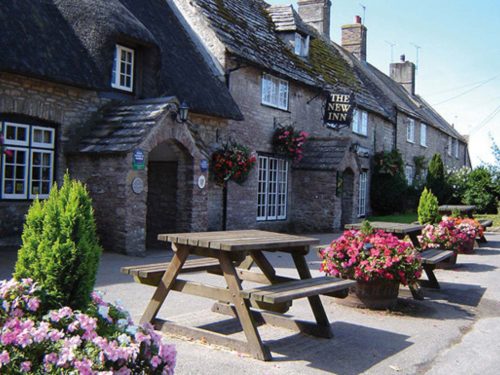
A charming and tranquil village near Corfe Castle, Church Knowle sits beneath the Purbeck Hills and offers sweeping views across the countryside toward Brownsea Island. It’s home to the Margaret Green Animal Rescue Centre, open to visitors, and makes a lovely stop on a circular walk from Corfe. The New Inn pub is well known locally for its hearty food and Dorset Blue Vinney soup.
Holiday Cottages in Church Knowle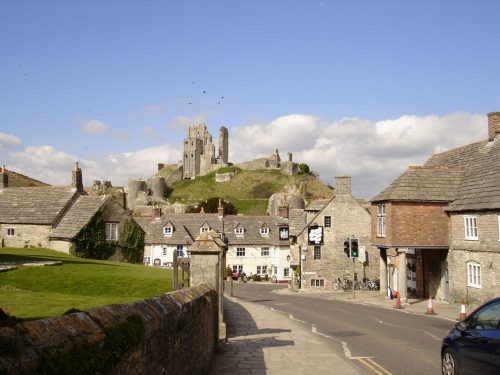
Arguably the most iconic village in Purbeck, Corfe Castle is dominated by the ruins of its namesake Norman fortress. The village is full of historic buildings, tearooms, galleries, and pubs, with easy access to walking trails, steam railway rides, and surrounding hills. It’s a hub for heritage and a must-visit for anyone exploring the area.
Holiday Cottages in Corfe Castle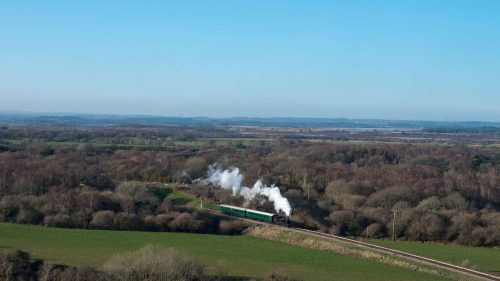
Located between Swanage and Corfe Castle, Harmans Cross is a quiet village known for its countryside views and connection to the Swanage Railway. The village has its own stop on the heritage steam train line, making it easy to travel to Corfe or Swanage without a car. Families will enjoy nearby Putlake Adventure Farm, just a couple of minutes away.
Holiday Cottages near Harmans Cross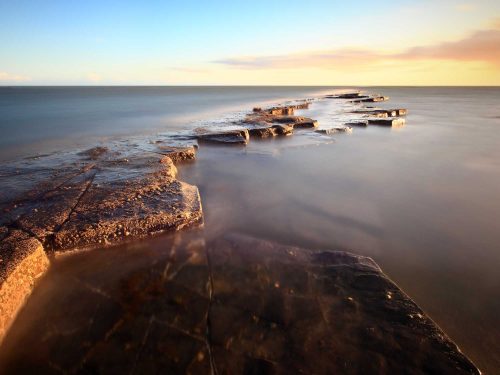
A small village set back from the coast, Kimmeridge leads directly to Kimmeridge Bay, a geological gem on the Jurassic Coast. The bay is famous for its rock pools, fossil hunting, and the wave-cut platform known as “The Flats.” Surfers are drawn to the breaks here, while walkers and wildlife lovers will appreciate the quiet, rugged charm. The Etches Collection museum in the village showcases an incredible array of local marine fossils.
Holiday cottages near kimmeridge
Perched high on the ridge above Corfe Castle, Kingston boasts some of the best panoramic views in Purbeck. This small, scenic village is home to two historic churches and the Scott Arms pub, where visitors can enjoy hearty meals with a view that stretches across the hills toward the coast. It’s a peaceful base for walking, especially along the Purbeck Way.
Holiday Cottages in Kingston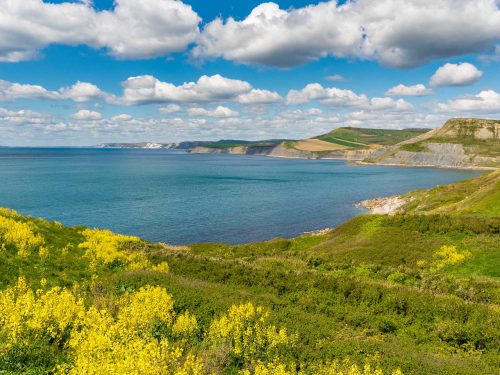
Just outside Swanage, Langton Matravers is a village steeped in quarrying history, with its Purbeck stone heritage visible throughout. Quiet lanes, traditional stone cottages, and a small museum give the village a timeless feel. The village was once home to Durnford School, where Ian Fleming — creator of James Bond — was educated. It’s also a great base for walking routes to the sea and across the downs.
Holiday cottages in Langton Matravers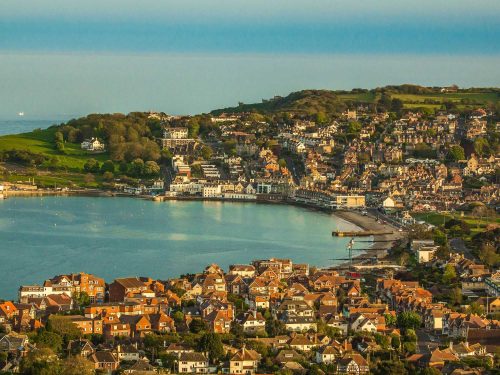
The main seaside town of Purbeck, Swanage combines the charm of a traditional resort with access to some of Dorset’s most beautiful coastal scenery. Its sandy beach is ideal for families, while the Victorian pier, seafront cafés, and fish and chip shops create a laid-back holiday vibe. Swanage is also the end of the Swanage Railway line and a gateway to coastal walks, boat trips, and watersports.
Holiday Cottages in Swanage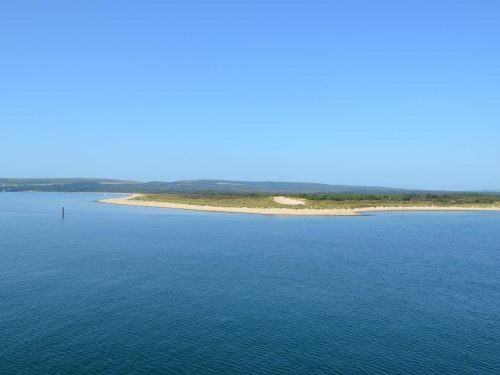
Studland is a coastal village known for its wide, sandy beaches backed by dunes and heathland. The bay here is one of the most popular spots for swimming, paddleboarding, and relaxing by the water. The nearby Studland and Godlingston Heath is a National Nature Reserve with fantastic walking routes and views from Old Harry Rocks. There’s a friendly village pub, a seasonal café, and a strong sense of community.
Holiday Cottages in Studland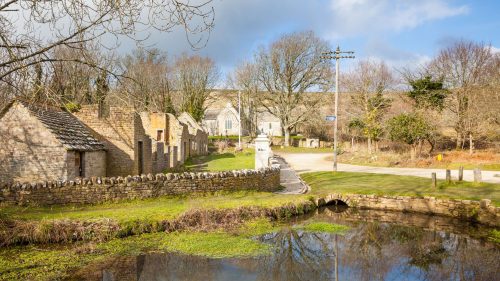
Often called Dorset’s ‘lost village,’ Tyneham was evacuated during WWII and has remained uninhabited ever since. The ruins of the village, including its church and schoolhouse, are preserved as part of the MOD Lulworth Ranges, open to the public on select weekends. It’s a moving and unique destination, surrounded by dramatic hills and footpaths leading to the sea.
Holiday Cottages near Tyneham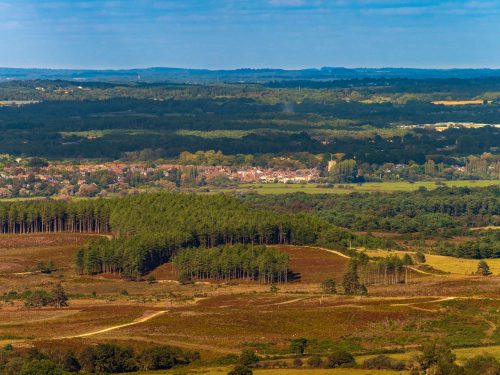
While just outside the traditional boundaries of the Isle of Purbeck, Wareham is a vital gateway town to the area. With its Saxon walls, riverside walks, and bustling market town feel, it’s a great place to explore before heading deeper into the peninsula. Boat trips, the Wareham Forest, and a range of shops and eateries make it a convenient and lively starting point.
Holiday Cottages in Wareham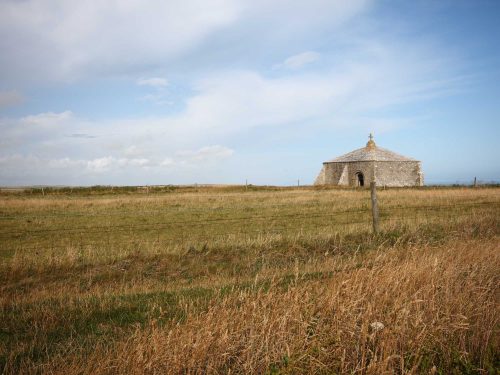
Perched on the clifftops, Worth Matravers is one of the most characterful villages in Purbeck. Its stone cottages and peaceful atmosphere hide a rich history — from wartime radar stations to a role in early vaccine experimentation. Just a short walk away lie Winspit, Chapman’s Pool, and Seacombe, some of Purbeck’s most spectacular (and lesser-known) coastal spots. The Square and Compass pub is a local institution, complete with its own fossil museum and seasonal stone-carving festival.
Holiday Cottages in Worth MatraversThe Isle of Purbeck in Dorset has a long and fascinating history shaped by its unique geography, natural resources, and strategic coastal position. Evidence of human settlement in the area dates back to prehistoric times, with ancient burial mounds and earthworks still visible across the landscape. The Romans were active here too, building roads and exploiting the region’s valuable stone and minerals.
One of the most iconic historical landmarks is Corfe Castle, a dramatic ruin that dominates the Purbeck skyline. Built by William the Conqueror in the 11th century, it played a key role in medieval power struggles and was partially destroyed during the English Civil War. The village surrounding the castle retains much of its historic character, with stone cottages and winding lanes that echo centuries of life beneath its walls.
Stone quarrying, particularly of the famous Purbeck stone, has been central to the area’s economy since Roman times. This high-quality building material has been used in cathedrals and monuments across the UK, and quarrying shaped not only the economy but also the culture and identity of many Purbeck villages. You can still see the remnants of old quarries around Langton Matravers and Worth Matravers, many of which now form part of scenic walking routes or conservation sites.
The 19th and 20th centuries brought industry and innovation to Purbeck, including the development of ball clay mining near Wareham — an industry that supported local employment and contributed to the ceramics trade in places like Stoke-on-Trent. Meanwhile, fishing and farming remained traditional ways of life in coastal villages like Kimmeridge and Swanage, which slowly transformed into popular holiday destinations as the railways arrived.
During World War II, Purbeck played a secretive yet important role. Radar stations were installed along the cliffs near Worth Matravers, forming part of Britain’s early warning defence system. The now-deserted village of Tyneham was evacuated in 1943 to make way for military training, and remains frozen in time — a poignant reminder of the area’s wartime history.
Today, visitors can explore Purbeck’s layered past in its castles, museums, historic churches, and preserved buildings. From Saxon Wareham to Victorian Swanage, the Isle of Purbeck offers a deep and tangible sense of history, woven into its landscapes and communities.
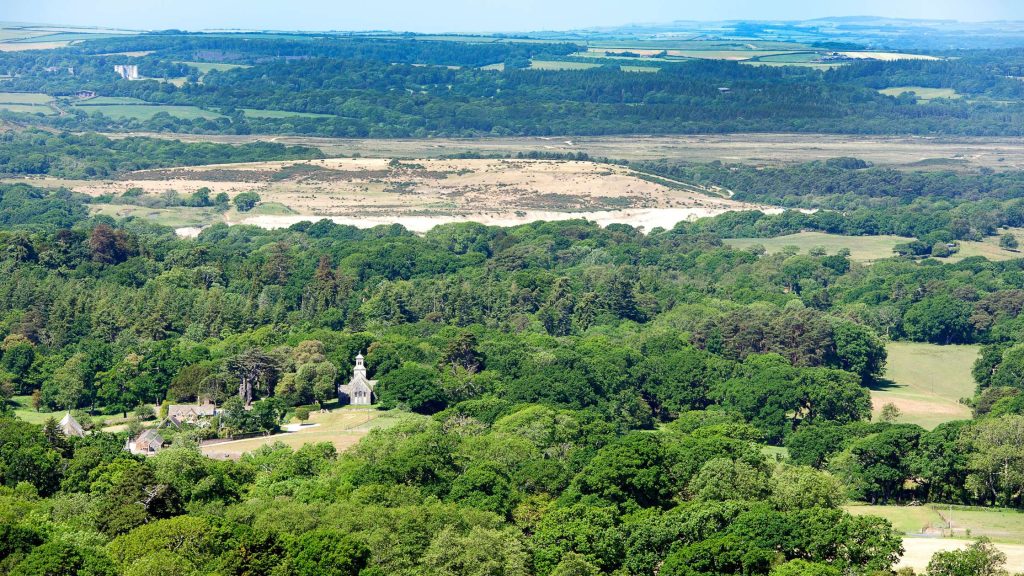
Getting around the Isle of Purbeck is part of the adventure. Whether you’re planning a scenic drive across the peninsula, catching the heritage steam railway, or simply checking the forecast before your walk, knowing a few practical details can help make your stay more enjoyable. From tide times to transport and parking, here’s what to keep in mind during your visit.

The weather on the Isle of Purbeck can be wonderfully varied — from clear blue skies over Swanage to misty mornings in the hills near Corfe Castle. The region has a mild, maritime climate, with warm summers and cool – and sometimes wet – winters. It’s always a good idea to bring layers, especially if you’re walking the cliffs or heading out on the water. Check trusted sources like the Met Office for the most accurate local forecast.

Parking is available at most major attractions and beaches, including the Isle of Purbeck Golf Club, Corfe Castle, and Studland Bay. During peak times, car parks can fill quickly — particularly near popular walking spots and beach access points. Some car parks require cash or apps like RingGo, so it’s worth checking signage in advance. National Trust members can often park for free at certain locations across the area.

Public transport is surprisingly convenient in Purbeck, particularly for those without a car. The Purbeck Breezer bus routes run between key destinations such as Wareham, Swanage, Corfe Castle, and Bournemouth, offering scenic journeys across countryside and coast. The Swanage Railway, a restored steam line, is both a transport option and an attraction in its own right, running between Swanage and Norden.
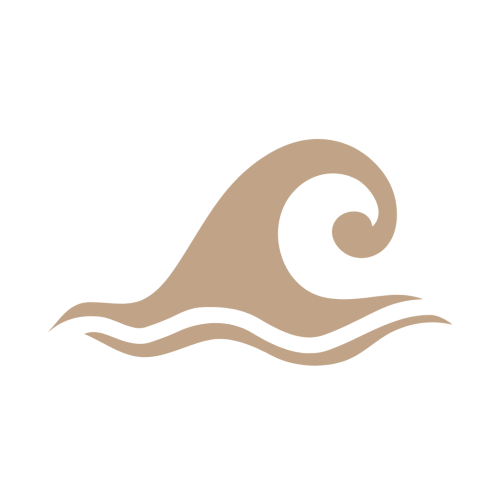
Tide times are essential when planning coastal walks or visits to beaches like Studland Bay, Kimmeridge, or Chapman’s Pool. These areas can look very different depending on the tides, and some routes may become inaccessible at high tide. Tide tables are available online, at local shops, or visitor centres. Always check before setting off, especially if you’re exploring remote or less-frequented spots along the Jurassic Coast.
The beaches of the Isle of Purbeck in Dorset are among the most varied and beautiful on the South Coast, offering something for everyone — from golden sands and family-friendly bays to hidden coves and fossil-rich shores. Whether you’re sunbathing, swimming, rock-pooling, or just enjoying the sea breeze, Purbeck’s coastline is as diverse as it is dramatic. Thanks to the peninsula’s unique shape, you’ll often find sheltered spots even on breezy days — ideal for making the most of the often lovely Isle of Purbeck weather.
Stretching across four miles of sand, Studland Bay is arguably the jewel in Purbeck’s coastal crown. Backed by dunes and heathland, the beaches here are wide, gently shelving, and perfect for paddling, swimming, or paddleboarding. The area is divided into sections: Shell Bay, Knoll Beach (with a National Trust café and facilities), Middle Beach, and South Beach — the latter of which includes a long-established naturist area. Studland is particularly popular with families, bird watchers, and water sports fans. There’s ample parking, especially for National Trust members, and regular buses from Swanage and Bournemouth via the Sandbanks Ferry.
Swanage Beach offers the classic British seaside experience — complete with colourful beach huts, fish and chip shops, and a gently curving bay ideal for families with young children. The soft sand and calm, shallow waters make it one of the safest spots for swimming in Purbeck. Along the seafront, you’ll find a promenade, Victorian pier, amusement arcades, and plenty of cafés and ice cream stands. The beach is patrolled by lifeguards in summer, and facilities such as toilets, showers, and accessible beach access make it a hassle-free day out for everyone.
For something a little more wild and rugged, Kimmeridge Bay offers a totally different beach experience. It’s part of the Jurassic Coast World Heritage Site and a magnet for fossil hunters, snorkellers, and geology lovers. The wave-cut rock platform — known as “The Flats” — is exposed at low tide, revealing rock pools teeming with sea life. There’s a snorkel trail in the summer, as well as the Wild Seas Centre, which offers marine education and events. Though there’s no sand here, the dramatic scenery and scientific interest make it a must-visit. It’s also one of the best surf spots in Purbeck when the conditions are right.
Tucked between steep cliffs and reached via footpaths, Chapman’s Pool is one of Purbeck’s best-kept secrets. This shingle and rock beach is perfect for those looking to escape the crowds and enjoy raw natural beauty. Access is via a steep walk from Worth Matravers or Renscombe Farm, so it’s best suited to confident walkers. Other hidden gems include Worbarrow Bay, accessible through the deserted village of Tyneham (open when the MOD ranges permit), and Seacombe or Winspit, reached by scenic hikes from Worth Matravers. These beaches are wilder, quieter, and offer an unforgettable connection with Purbeck’s dramatic coast.
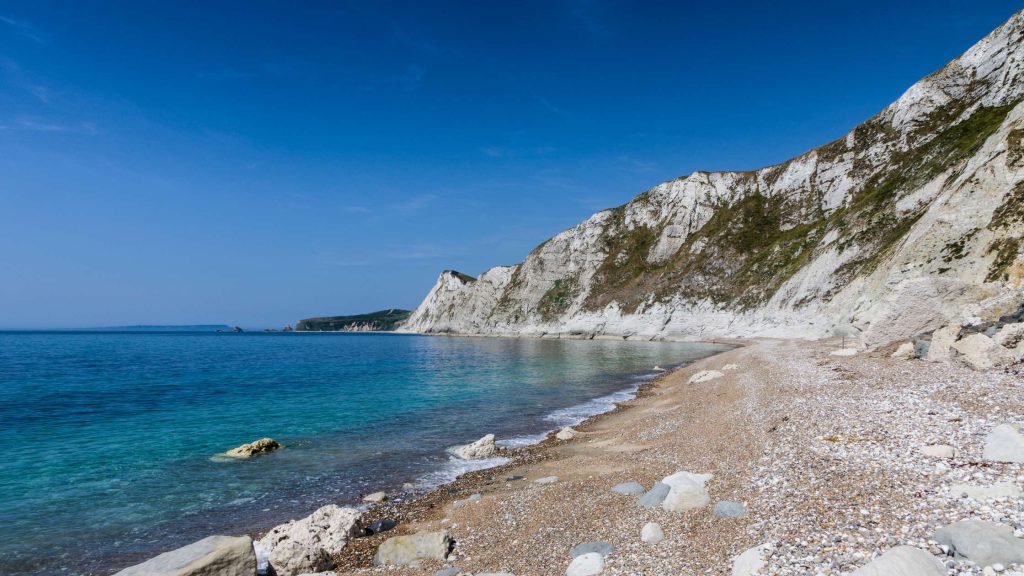
The Isle of Purbeck is packed with things to see and do, whatever your interests or the time of year. From paddleboarding on clear coastal waters to spotting rare wildlife on the heath, the area offers unforgettable experiences for families, couples, and solo travellers. Whether you’re chasing adventure or seeking tranquillity, Purbeck has something to suit every kind of holiday.

Among Purbeck’s top attractions are the Swanage Railway, which offers heritage steam rides through stunning countryside, and Durlston Country Park, where clifftop walks and wildlife trails overlook the Jurassic Coast. Families will love Putlake Adventure Farm and the play parks and mini-golf in Swanage. Meanwhile, nature lovers can visit RSPB Arne, a vast reserve of heathland and woodland with fantastic birdwatching opportunities.

Outdoor enthusiasts will find plenty to enjoy across Purbeck. The area is perfect for cycling and walking, with trails for all levels — from gentle routes through Corfe Castle and Wareham Forest to the dramatic cliff-top paths between Swanage and Worth Matravers. Watersports such as paddleboarding, kayaking, and coasteering are available at Studland Bay and Swanage, with rentals and guided sessions widely offered. Golfers won’t want to miss the Isle of Purbeck Golf Club, a spectacular course set high above Poole Harbour, offering panoramic views and a rewarding challenge for players of all levels.

Fishing is a popular pastime in the area, with opportunities ranging from peaceful riverbanks to action-packed sea angling. You can cast from Swanage Pier, book a chartered fishing boat trip, or enjoy freshwater fishing near Wareham and Arne. Local shops and providers offer bait, tackle, and equipment hire — just remember to check whether you need a licence for your chosen spot.

Purbeck’s history and heritage are deeply embedded in the landscape. Beyond the iconic Corfe Castle, you’ll find smaller gems like the Purbeck Mining Museum, Wareham Town Museum, and the fossil-rich Etches Collection in Kimmeridge. For something truly unique, visit Tyneham, the WWII village frozen in time, or explore historic churches, quarries, and radar sites near Worth Matravers. Even the Square and Compass pub doubles as a museum of local fossils and artefacts.